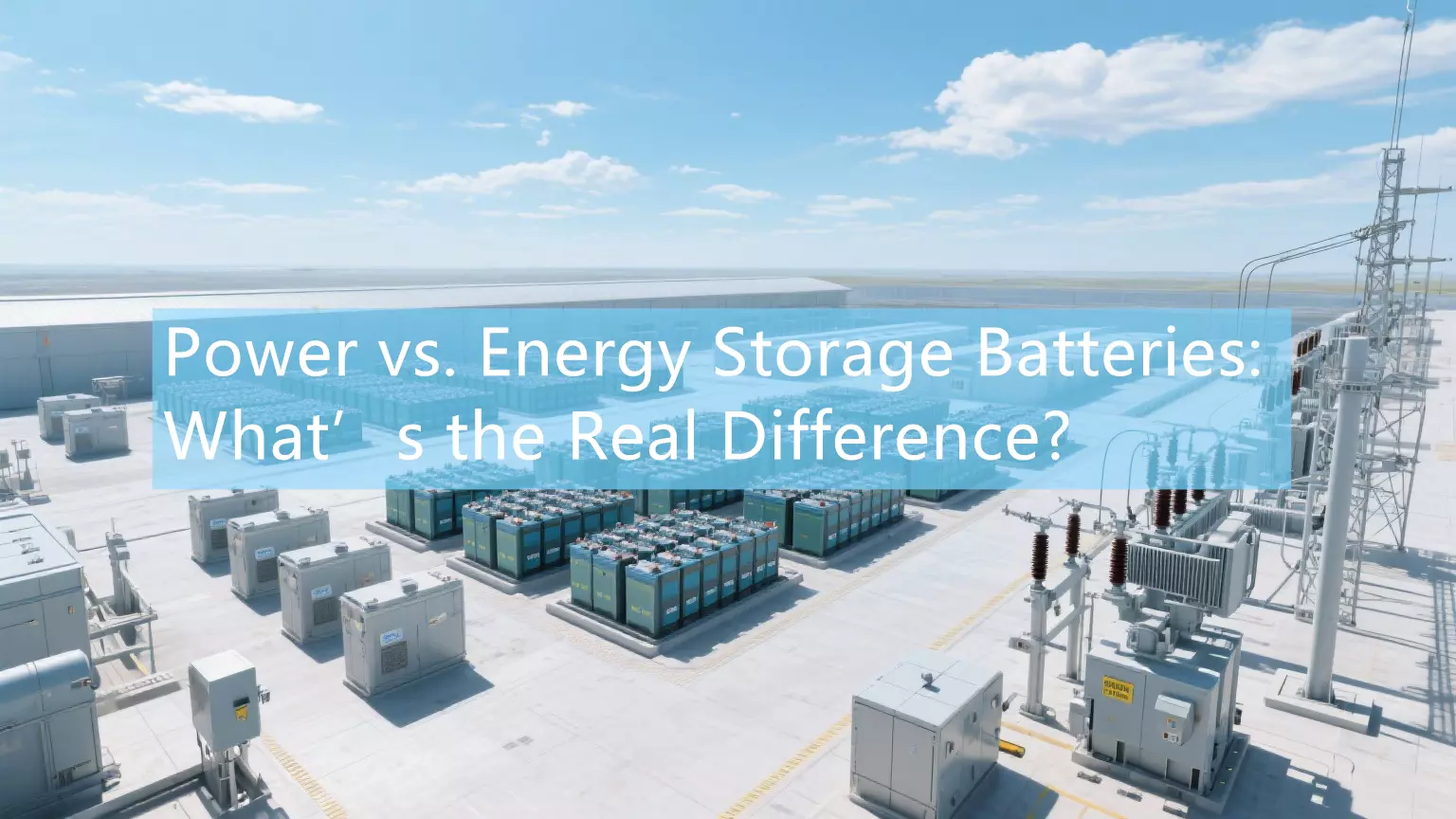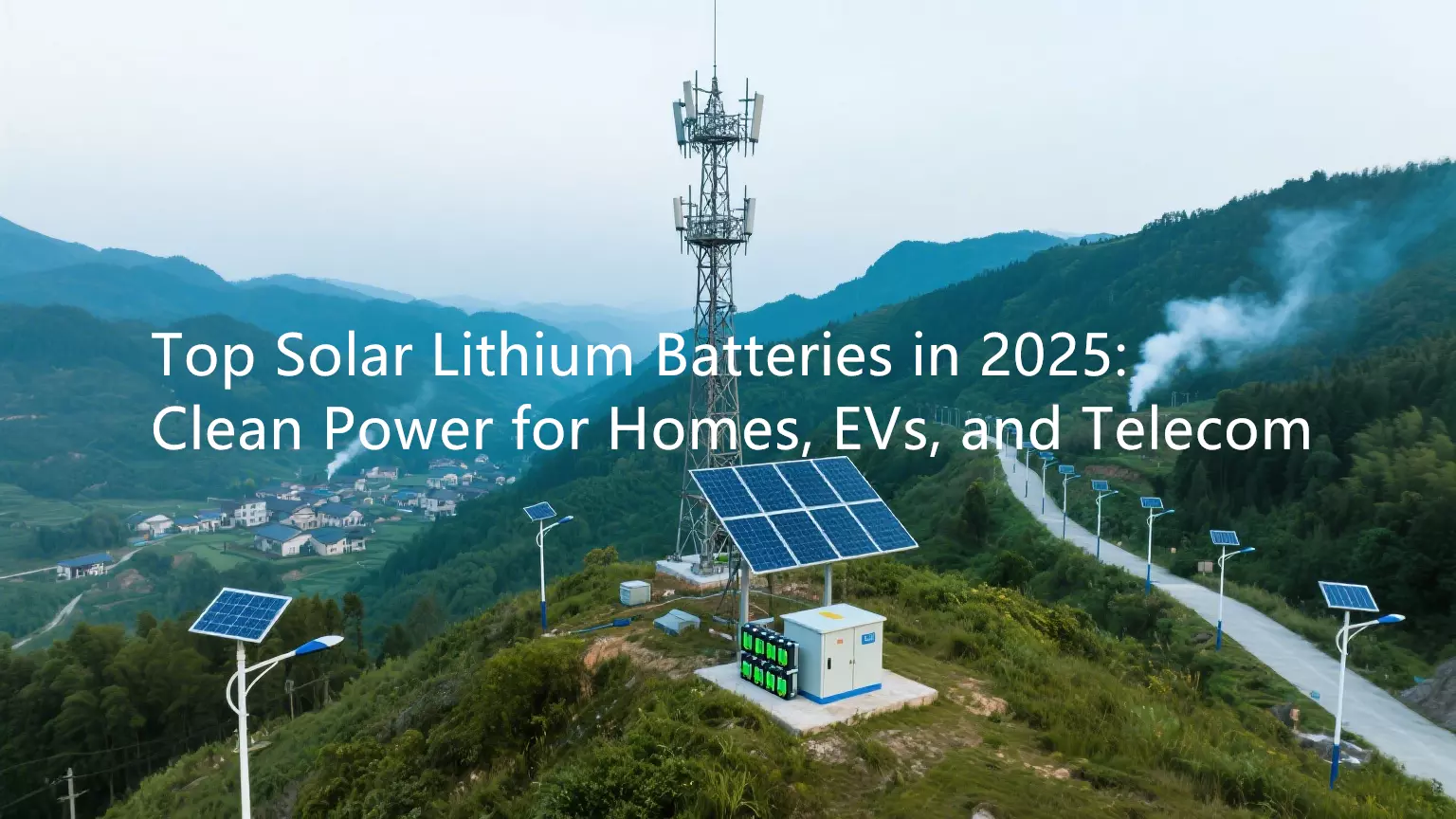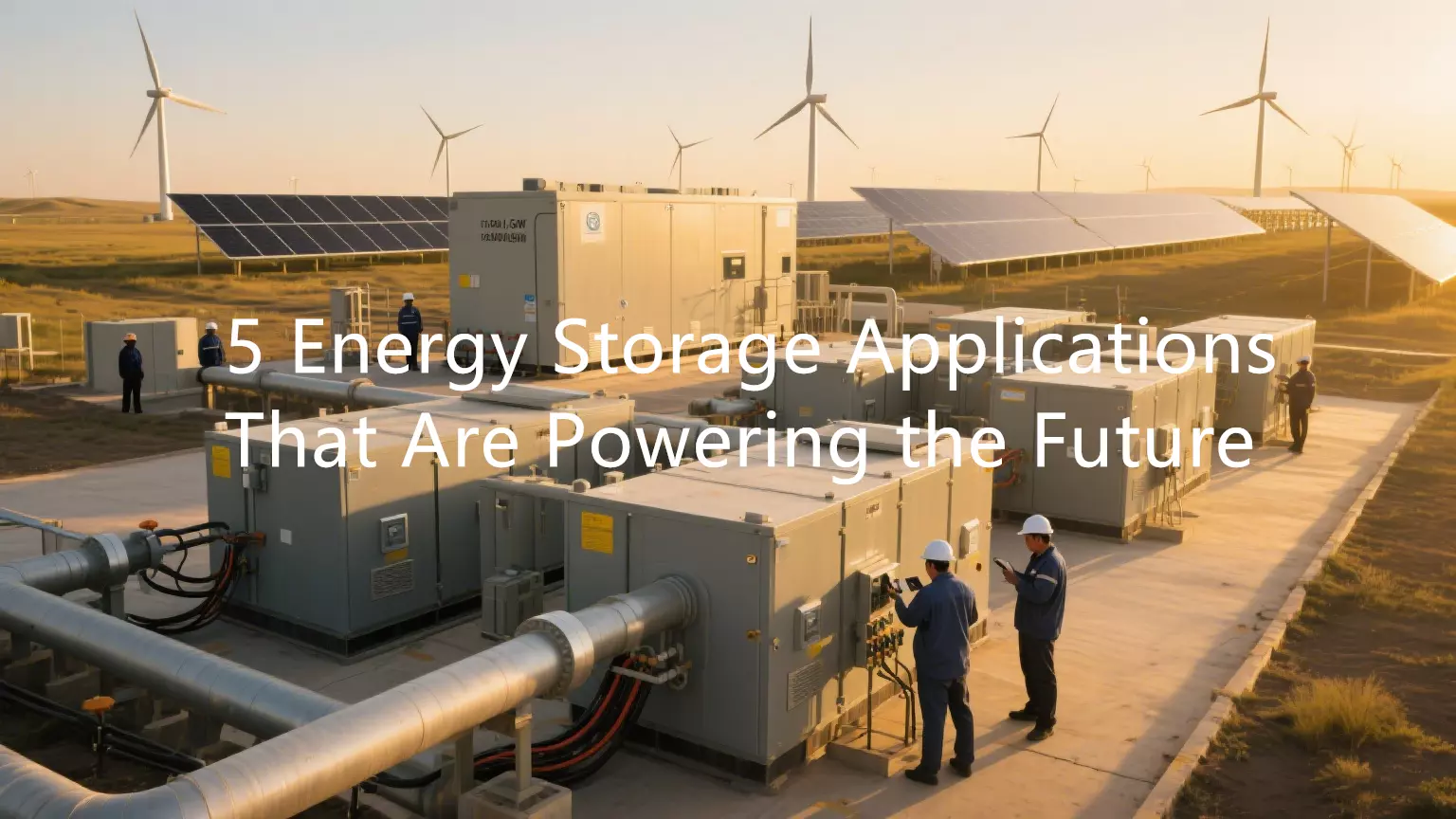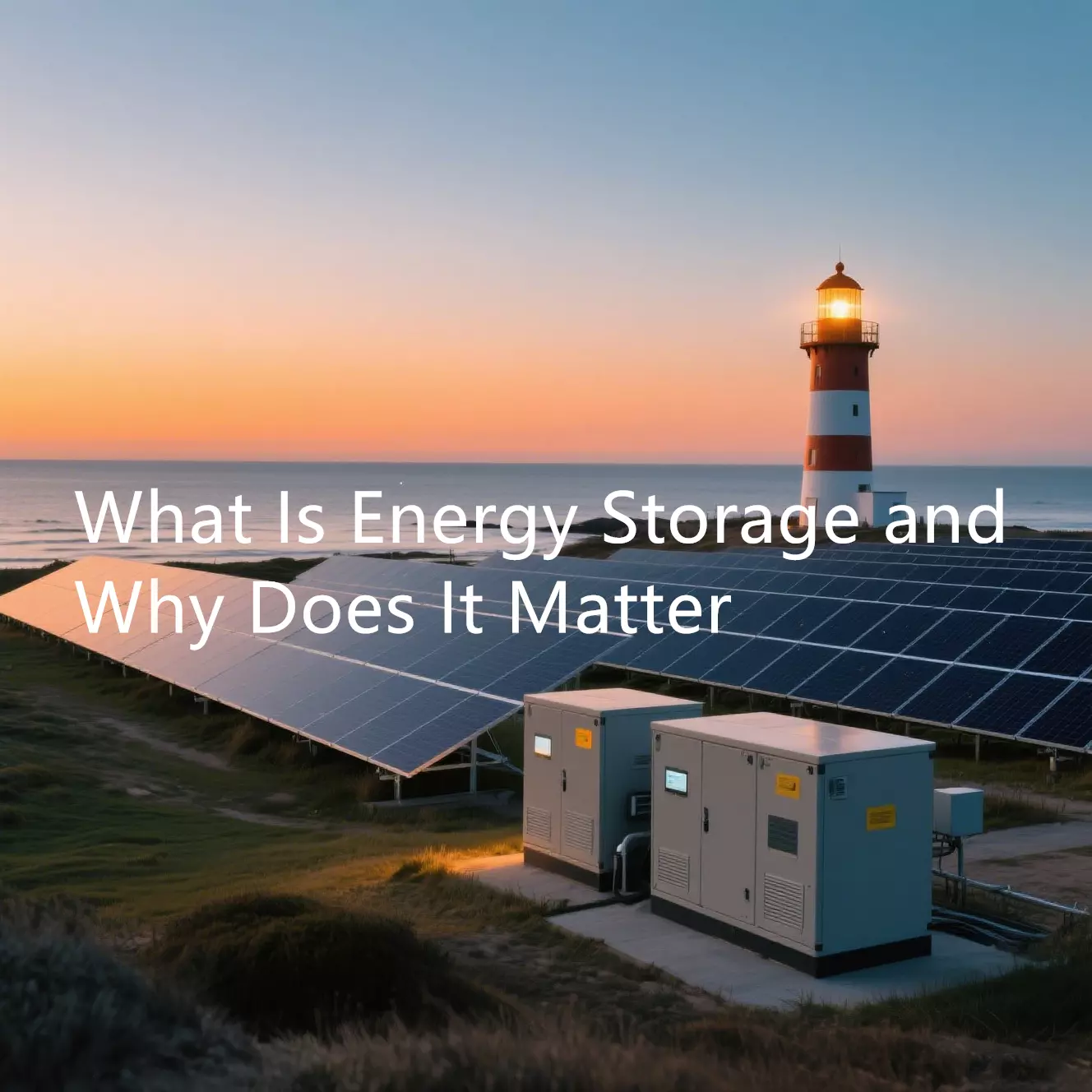Forklift batteries are essential for forklifts, providing them with the required power. Forklift batteries are mainly divided into lead-acid batteries and lithium batteries.
According to the survey, the global forklift battery market size will be approximately US$2.399 billion in 2023 and is expected to reach US$4.107 billion in 2030, with a compound annual growth rate (CAGR) of 7.1% during 2024-2030. In the next few years, this industry will have significant uncertainty. The forecast data for 2024-2030 in this article is based on the historical development of the past few years, the views of industry experts, and the views of the analysts in this article.
Electric Forklift Market and Manufacturers Overview

The leading global forklift battery manufacturers include EnerSys, Hitachi Chemical, GS Yuasa, Hoppecke, Tianneng Battery Group, LEOCH, etc. The top six global forklift battery manufacturers account for over 50% of the market share. China is the world’s largest forklift battery production market, accounting for approximately 42% of the market share, and other markets account for nearly 14%.
| internal combustion forklift | Lithium forklift | |
| Energy consumption | 4L diesel | 6Kwh |
| Daily operating time | 8h | 8h |
| Number of operating days per year | 300/ day | 300/ day |
| Annual energy consumption | 9600 | 14400 |
| Fuel price | $1.10 | $0.13 |
| Energy cost | $10,000 | $1,872 |
| Maintenance cost | $1000/unit | $0/unit |
| Usage cost | $11000/unit | $2000/unit |
| Purchase cost | $8,000 | $10,000 |





